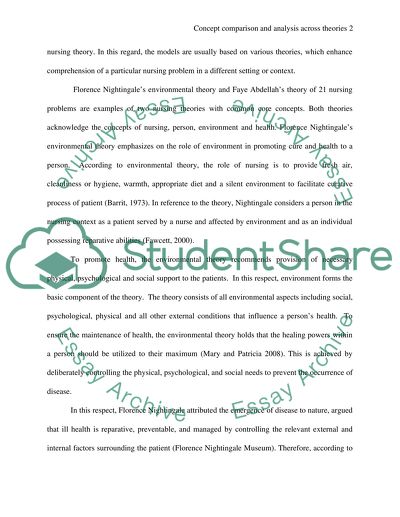Cite this document
(“Concept Comparison and Analysis Across Theories Term Paper”, n.d.)
Retrieved from https://studentshare.org/nursing/1424992-concept-comparison-and-analysis-across-theories
Retrieved from https://studentshare.org/nursing/1424992-concept-comparison-and-analysis-across-theories
(Concept Comparison and Analysis Across Theories Term Paper)
https://studentshare.org/nursing/1424992-concept-comparison-and-analysis-across-theories.
https://studentshare.org/nursing/1424992-concept-comparison-and-analysis-across-theories.
“Concept Comparison and Analysis Across Theories Term Paper”, n.d. https://studentshare.org/nursing/1424992-concept-comparison-and-analysis-across-theories.


